-
 Step into the Sweet, Sour and Even Umami Worlds of Kombucha Tea and the Japanese Kombu Cha! Find the Difference or Dive into Their Healing Depths. Recipes Included!
Step into the Sweet, Sour and Even Umami Worlds of Kombucha Tea and the Japanese Kombu Cha! Find the Difference or Dive into Their Healing Depths. Recipes Included!
-
 The Curious Vending Machine Culture of Japan and 18 Crazy Things You Can Buy from a Japanese Vending Machine
The Curious Vending Machine Culture of Japan and 18 Crazy Things You Can Buy from a Japanese Vending Machine
-
 Wondering What to Buy in Japan for Awesome Souvenirs or Gifts for the Fam? 10 Things You Can Only Buy in the Land of the Rising Sun (2020)
Wondering What to Buy in Japan for Awesome Souvenirs or Gifts for the Fam? 10 Things You Can Only Buy in the Land of the Rising Sun (2020)
Explore Innovative Japanese Culinary - A Brief Introduction to Cooking Classes Tokyo
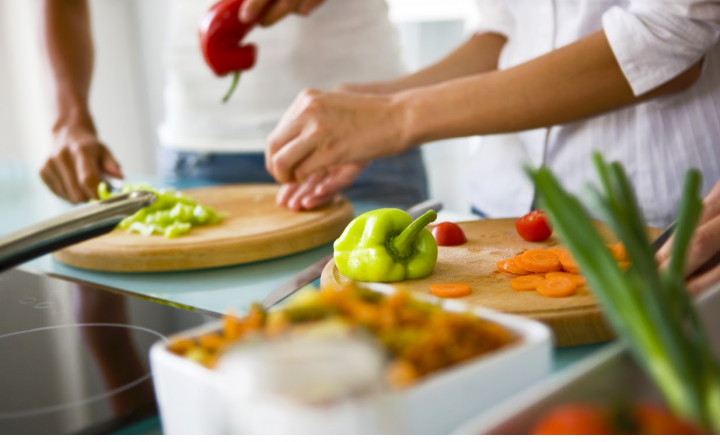
Japanese cuisine is adored globally and is famous for its unique, fresh, nutritional, and mouth watering ingredients. Moreover, it is backed by a rich heritage, and mastery of Japanese culinary experts in its ultimate preparation. It’s not only delicious but heavily pleasing to the eyes. The fundamental simplicity at the heart of Japanese cuisine is what truly distinguishes it from other cuisines. The majority of traditional Japanese recipes use a few number of ingredients, allowing the main ingredients' vibrant flavours to stand out.
Tokyo, the capital of Japan, has the most restaurants overall and the most Michelin-starred establishments, which should come as no surprise. And, they are loaded with dishes like sushi, ramen, and tempura etc. Thanks to the globalization, you can now avail English-friendly cooking class Tokyo to make all your favorite Japanese meals, all by yourself. So, make your travel worth it with the best Japanese culinary classes!
Explore Delicious, Healthy Japanese Cuisine with These 10 Best Cooking Classes in Tokyo!
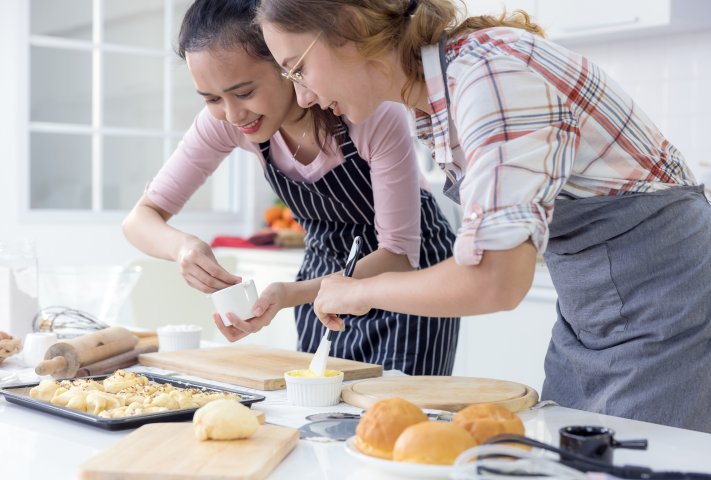
Tokyo cooking classes are a wonderful opportunity to get a closer look at some of Japan's iconic dishes. Learning from the qualified instructors there not only provides an opportunity to master the essentials of Japanese culinary culture authentically from a native but also enables you to learn more about the country's traditions and culture. This gives a more meaningful relationship with the food the next time you eat Japanese food, whether it be at home or in a restaurant.
1. Sushi Making Class by a Professional Master
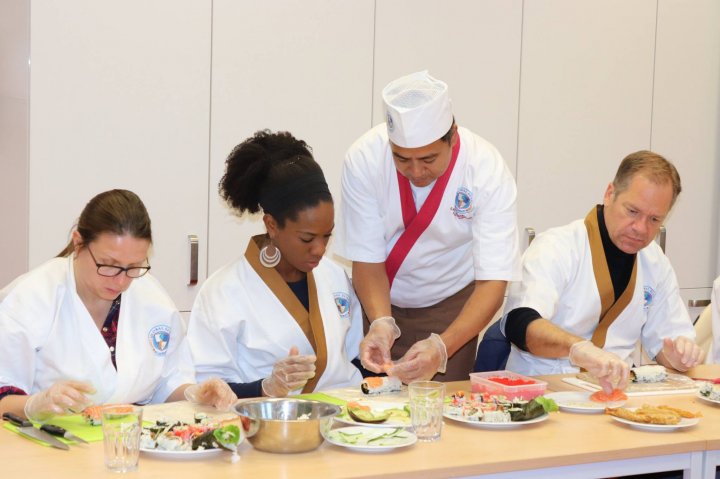
Sushi delivers a distinctive and tasty dining experience that is unlike anything else, whether you couple it with a glass of sake, a cocktail, a glass of wine, or any other libation. Here, we’re introducing to a 3-hour tour to prepare sushi the traditional way at an authentic Japanese restaurant with master chefs. You will be accompanied with a local guide and also have an access to rich Japanese culture.
This short tour includes 7-pieces sushi making experience, 3 types of sake sampling, and company of a local guide to take your photos, and let you explore more. The cost of this tour per person at Magical Trip is US$92 if you’re above 19 years of age, and it’s US$88 if you fall under the age of 7 to 19 years old. There’s no fee for infants up to 3 years of age!
2. Unique Tokyo Private Cooking Class

Discovering local customs and cuisine while seeing a native's home is a rare chance. Emi will meet you at the Nerima station, and the two of you will then stroll for a short distance to her house. Emi serves you mugi-cha (barley tea) as she welcomes you into her modest house before you begin your individual Japanese cooking session.
A conventional home-style Japanese main dish, udon with tempura, or gyoza are your options. This private cooking lesson will last for a maximum of 2 hours and you have a chance to chit-chat with Emi, and know more about Japanese culinary culture right from the comfort of your home. This tour is available for people between 12 years to 99 years of age at a cost of US$80 on Trip Advisor.
3. Tsukiji Outer Market Walking Tour
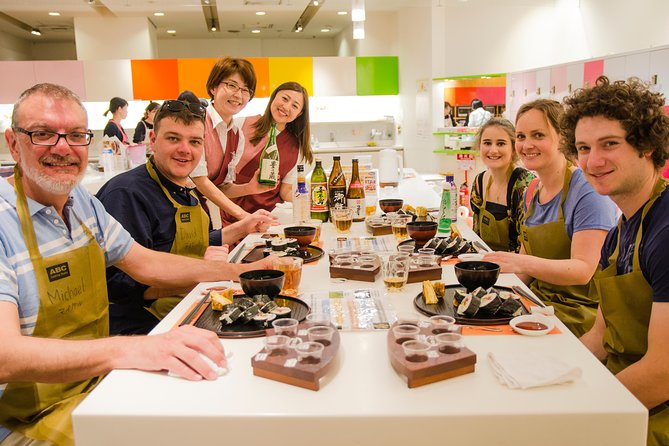
On a combined tour of Tsukiji Outer Fish Market and class at Japan's largest cooking school, delve deeply into the cuisine of Japanese seafood. It is a 3-hour walking tour plus rolled sushi-making class where you will also learn how to cook bona fide japanese meals by accompanying the subject matter experts. Lunch at your own invention, a copy of the recipe, and a little something to take home with you round off the trip. This tour is available on Viator and will cost you approx. US$109 per person which is overall worth enjoying!
4. Asakusa Classic Ramen & Crispy Gyoza Cooking Class

Most people are unaware that Asakusa in Tokyo is where ramen originated and did you know that dashi soup can also be used as a cooking ingredient? It has been around for a while and is praised as one of Japan's best inventions. You will learn how to prepare and make ramen from scratch in this class. Moreover, you will also learn about the genius preparation of gyoza, and frying of glorious dim sum to its crispy, perfect texture. It is again, a tour to be accompanied by a local guide at a cost of US$99 per person on Cookly. However, you might have to pay an extra US$5 for sake-tasting.
5. Tea Ceremony in the Japanese Tiny House
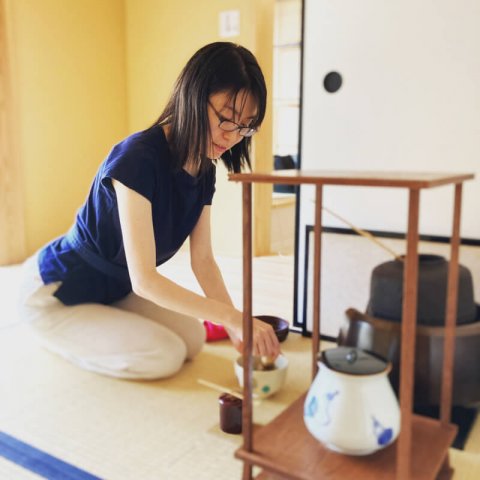
Japanese tea ceremonies are a unique experience that you should not miss out on. In this cooking class in Tokyo, you will get a chance to witness a tea ceremony in the house of a Japanese native. Here you will be learning how to prepare Japanese sweets and famous matcha drinks. It is a private house in Tokyo allowing a maximum of 3 guests within a duration of 1.5 hours. Mari will be hosting you who is a Japanese tea ceremony expert for last 20 years. She will also teach you the tea-serving customs of Japan. This whole experience is available for just US$27 approx. per person on Air Kitchen.
6. Handmade Udon, Gyoza, and Strawberry Daifuku Class
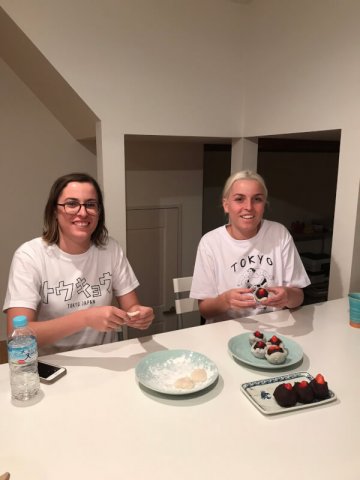
Udon is chewy Japanese noodles that are often served in a straightforward dashi-based broth. They are produced from wheat flour, water, and salt. Whereas gyoza is particularly famous Japanese filling that consists of nira chive, ground pork, cabbage, green onion, garlic, ginger, soy sauce, and sesame oil. All of this will be super fun to learn at this handmade gyoza, udon, and strawberry daifuku class that you can access through Air Kitchen. This is a class of maximum 2.5 hours for at most 2 guests costing approx. US$76 per person.
7. Exclusive Ramen Kitchen Experience
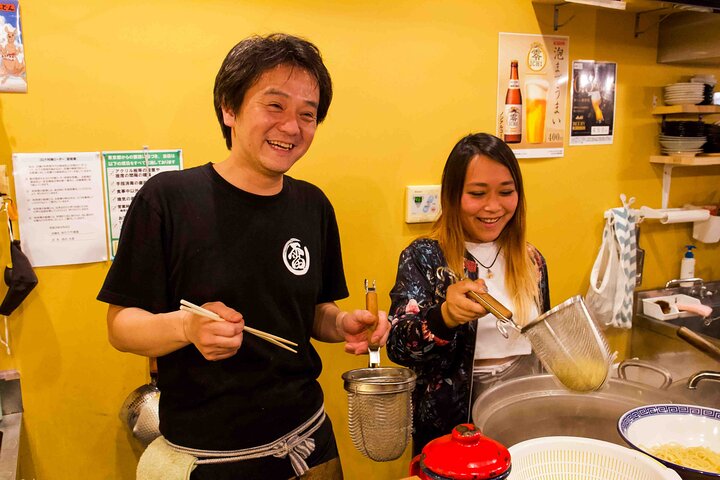
We should begin by emphasising that ramen is not a solely Japanese meal but rather a combination of Chinese and Japanese cuisine that has been adapted to various cultural customs. Undoubtedly, the foundation, or "soul," of a decent bowl of ramen is what distinguishes and characterises the food.
Each chef prepares ramen with its own unique touch just like this exclusive ramen kitchen experience. Enjoy the glory of ramen preparation and serving within the duration of 1 hour where a maximum of 6 people are allowed in the group at a cost of approx. US$94 per person. You can book this tour on Trip Advisor.
8. Enjoy a Japanese Cooking Class with a Humorous Local Satoru
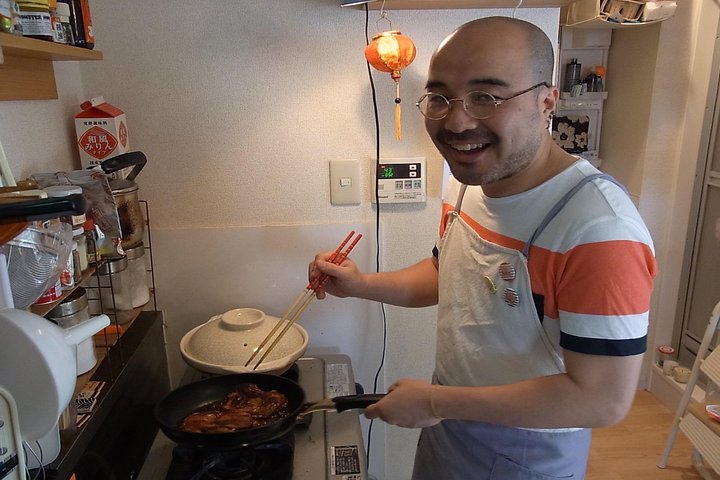
Unleash your humorous side with the Tokyo local satoru along with having a fab cooking class in Tokyo! The unique opportunity to visit a local's house and engage in conversation while cooking is provided by this private cooking class in Tokyo. Before you all sit down to eat, your guide shows you how to create two or three traditional Japanese dishes from scratch. This private class is accessible for approx. US$119 per adult for a decent duration of 2 hours 30 minutes. You can book the tour on Trip Advisor.
9. 3-Hour Small-Group Sushi Making Class in Tokyo

During a 3-hour sushi-making lesson in Tokyo, learn the fundamental skills of the country's most well-known dish. You will roll three different kinds of sushi in a small group of no more than ten people after preparing sushi toppers and ingredients such as fish, soup stock, and sushi rice. Then, there will be a small feast with miso soup, wasabi, and green tea. Before you overlook sushi-making class, here are some of the reasons to consider it worth checking. First, it’s a lot of fun, second, it’s healthy food to learn to prepare, third, it’s most embedded Japanese cultural culinary, and last you get to taste a unique dish to eat afterwards. Get this affordable wholesome experience on Viator for approx. US$73 per maximum of 2 adults!
10. Tempura, Handmade Udon and Dashimakitamago(Japanese Rolled Omelet)

This cooking class Tokyo comes with the learning of handmade udon, japanese rolled omelet, and tempura. Make Udon in this travel session using flour and salted water. It has a really chewy, delightful flavour. Kneading dough is also a lot of fun! One of the most traditional foods in Japan is tempra. This cooking's recipe is quite straightforward, yet it tastes great. Reshell the shrimp while leaving the tail on. The host Fumiko will also give you some tips on how to easily make Dashimakitamago. This private cooking class tour is easily accessible at Air Kitchen for approx. US$50 per person. The cook allows a maximum of 3 guests hosted for a duration of 3 hours.
Popular Cooking Japanese Methods You Need to Know Before Attending Cooking Classes in Tokyo
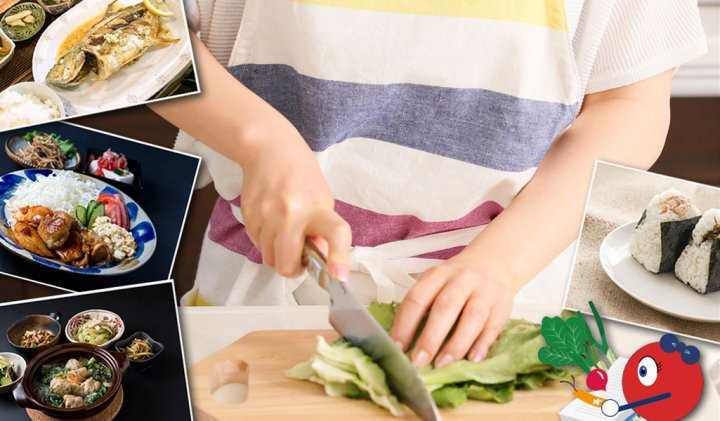
Gomi (the Five Tastes), Gokan (the Five Senses), Goshiki (the Five Colors), and Goho are the most crucial elements for preparing Japanese food (the Five cooking methods). Japanese chefs used to implement or inject all these elements into preparing each dish along with a sense of hospitality and gratitude. Thus, you’re learning a lot more than just the preparation of Japanese cuisine in the cooking class Tokyo.
Japanese cuisine is made with exquisite care and lovely simplicity, which speaks volumes about Japanese culture and how Japanese people value all of their work. Japanese cuisine is prepared to perfection because there is a tremendous deal of pride in one's work in Japan. Since recipes have been passed down from generation to generation, each aspiring cook can benefit from years of experience. Many foods are chosen based on their season so they are presented at their best.
Know the following things beforehand you go for any cooking classes in Tokyo. It will help you learn a lot about their unique cultural cuisine and fuel more curiosity into you.
Gomi (Five Tastes)
Gomi uses the terms "sweetness," "sourness," "saltiness," "bitterness," and "Umami" to describe the five tastes. When we eat something sweet, sour, or salty, we only taste one flavour; nevertheless, there are distinct bitter flavours. The main flavour of the dashi broth, a crucial component of Japanese cuisine, is umami.
Goho (Five Cooking Methods)

Japanese cuisine or cooking can be broadly classified into five cooking methods, namely the Nama (cutting); Yaku (grilling); Niru (simmering); Ageru (deep frying); and Musu (steaming).
Goshiki (Five Colors)
The usage of the five colours is especially important while preparing and plating Japanese food. Red, yellow, blue (green), white, and black are the colours used to symbolize the superiority of Japanese food. Red and yellow are considered to be warming hues that increase hunger, while blue supposedly produces a sensation of renewal, white supposedly conveys cleanliness, and black supposedly makes a stark contrast across the board. These five hues improve the aesthetic attractiveness of the dish and improve the dining experience.
Gokan (Five Senses)
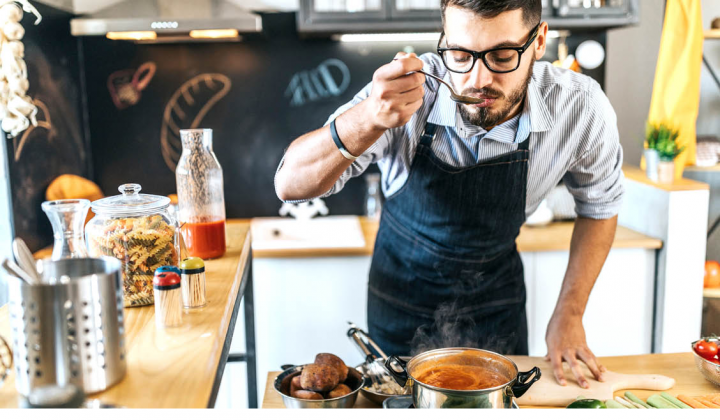
Gokan means the five senses of hearing, sight, smell, taste, and touch. We can determine how delicious something is with the aid of these five senses. It's important to realise that eating is an activity we engage in with all five senses, not just taste.
For example, we use sight to assess how appetising the food is visual, hearing to take in sounds from the outside world and the sounds made by each bite, and smell to enhance our enjoyment of the food. For these reasons, it is crucial that a chef considers a variety of factors when producing food. Creating foods that people will appreciate requires the ability to interpret their thoughts when preparing food for others. This degree of thought is known as "Omotenashi" in Japanese.
-
 The Curious Vending Machine Culture of Japan and 18 Crazy Things You Can Buy from a Japanese Vending Machine
The Curious Vending Machine Culture of Japan and 18 Crazy Things You Can Buy from a Japanese Vending Machine
-
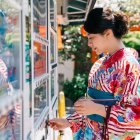 जापान के होश उड़ाने वाले 17 वेंडिंग मशीन: इन व्यापारिक मशीनों में क्या नहीं बिकता, जानकर आप दंग रह जाओगे!
जापान के होश उड़ाने वाले 17 वेंडिंग मशीन: इन व्यापारिक मशीनों में क्या नहीं बिकता, जानकर आप दंग रह जाओगे!
-
 Wondering What to Buy in Japan for Awesome Souvenirs or Gifts for the Fam? 10 Things You Can Only Buy in the Land of the Rising Sun (2020)
Wondering What to Buy in Japan for Awesome Souvenirs or Gifts for the Fam? 10 Things You Can Only Buy in the Land of the Rising Sun (2020)
-
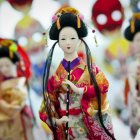 In the Land of the Rising Sun and Confused About What to Buy? 10 Charming Souvenirs to Buy in Japan to Bring Back Home (2019)
In the Land of the Rising Sun and Confused About What to Buy? 10 Charming Souvenirs to Buy in Japan to Bring Back Home (2019)
-
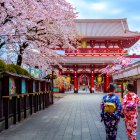 A Guide to What to Buy in the Capital of Japan: a List of 12 Things You Must Buy when You're in Tokyo (2019)
A Guide to What to Buy in the Capital of Japan: a List of 12 Things You Must Buy when You're in Tokyo (2019)
Final Words!
Japanese table manners are a significant part of the culture, both in work and social settings. Instead than worrying about eating clean, slurp your noodles to show how much you enjoy them. In Japanese culture, it is recommended to express your appreciation and enjoyment of the cuisine. Japanese people also hold a unique veneration for their food since they see it as a spiritual and physical extension of who they are. All in all, you get a full bundle of good vibes, cultural respect, and cuisine versatility in the cooking class Tokyo. Also, there’s no dearth of fun and 1:1 conversations while taking these lessons!

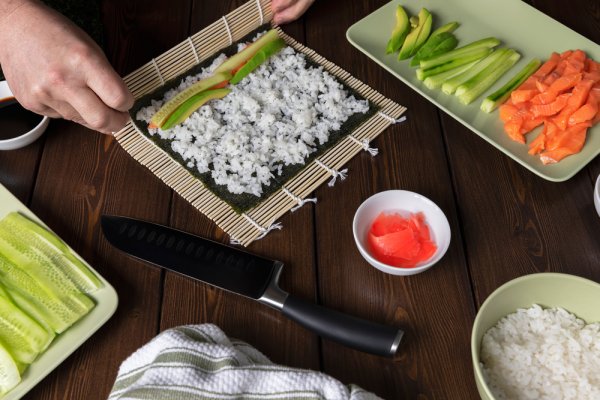
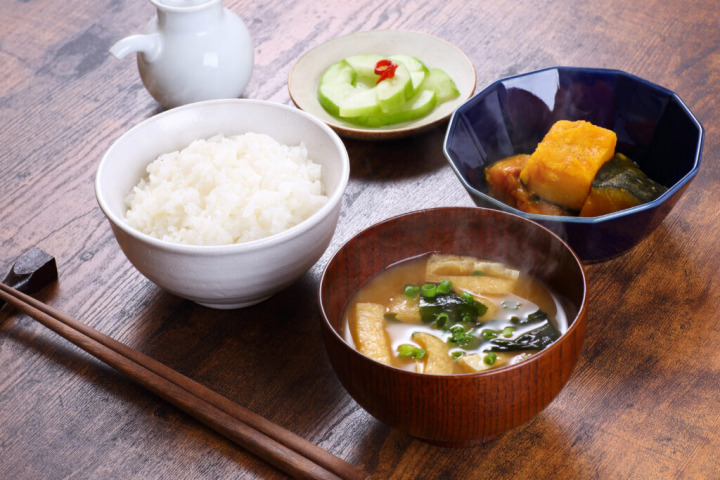

 Highlight the Best Facets of Your Incomparable Beauty: Discover the Best Face Highlighter Currently Available in India and Everything You Need to Know About Using Face Highlighters for Maximum Effect (2023)
Highlight the Best Facets of Your Incomparable Beauty: Discover the Best Face Highlighter Currently Available in India and Everything You Need to Know About Using Face Highlighters for Maximum Effect (2023)
 Forget the Blemishes and Get that Picture Perfect Flawless Radiance on Your Face: Check out the Best Foundations for Oily Skin Currently Available in India and Everything You Need to Know About Makeup Foundations (2023)
Forget the Blemishes and Get that Picture Perfect Flawless Radiance on Your Face: Check out the Best Foundations for Oily Skin Currently Available in India and Everything You Need to Know About Makeup Foundations (2023)
 Make Your Presence Felt Wherever You Go: Discover the Best Perfumes Under 2000 for Both Men and Women to Announce Your Arrival and Make Any Occasion Memorable (2023)
Make Your Presence Felt Wherever You Go: Discover the Best Perfumes Under 2000 for Both Men and Women to Announce Your Arrival and Make Any Occasion Memorable (2023)
 Protect Your Oily Skin from the Harmful Rays of the Sun: Discover the Best Gel Based Sunscreens for Oily Skin and Everything You Need to Know Before Buying One (2023)
Protect Your Oily Skin from the Harmful Rays of the Sun: Discover the Best Gel Based Sunscreens for Oily Skin and Everything You Need to Know Before Buying One (2023)
 Minor Blemishes and Wrinkles Affecting Your Confidence? Check out the Best BB Creams to Conceal Your Worries and Nourish Your Skin to Restore the Healthy, Radiant and Glowing Complexion Back Again (2023)
Minor Blemishes and Wrinkles Affecting Your Confidence? Check out the Best BB Creams to Conceal Your Worries and Nourish Your Skin to Restore the Healthy, Radiant and Glowing Complexion Back Again (2023)
